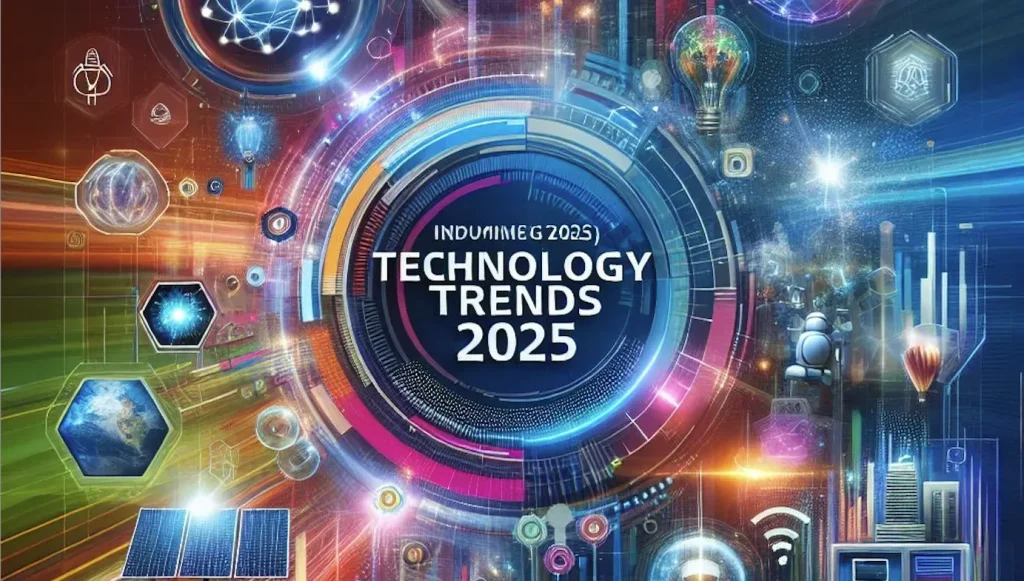Healthcare technology is rapidly transforming how care is organized, delivered, and experienced, driving better patient outcomes, broader access to services, and more efficient health systems through data-driven decision making. Across hospitals, clinics, and patients’ homes, telemedicine is expanding the reach of expert advice, enabling timely consultations, remote monitoring, and follow-up care that would have been impractical a decade ago. As data becomes more accessible, data-driven approaches move decision making from research settings into everyday practice, guiding therapy choices based on genomic profiles, biomarkers, and patient preferences to improve effectiveness and safety. Together, these advances create an ecosystem where interoperable systems, user-friendly interfaces, and robust analytics empower clinicians to forecast patient needs, personalize care plans, and coordinate services across settings. While opportunities abound, stakeholders must address privacy, equity, and implementation challenges to ensure that health outcomes improve for diverse populations.
The modern health technology landscape is characterized by digital health platforms, connected devices, and advanced analytics that support clinicians and patients alike. From remote patient monitoring to AI-assisted diagnostics, these innovations are reshaping workflows, enabling proactive care, and improving health outcomes. The language of care is expanding beyond traditional boundaries as interoperable systems and user-centric design make health data actionable at the point of care. As coverage and reimbursement models evolve, stakeholders are working to harmonize policy, privacy protections, and quality standards to sustain wide access. In this evolving ecosystem, patients increasingly manage their wellness with smart devices, digital therapeutics, and collaborative care networks that blur the lines between clinic and home.
Healthcare technology: From Telemedicine to Personalized Medicine and Beyond
Healthcare technology has evolved from distant consultations to data-driven therapies, reshaping how care is organized and delivered. Telemedicine and telehealth are the visible steps in this journey, enabling clinicians to reach patients in rural communities, busy cities, and at-home settings. Across health systems, digital health platforms, cloud-based EHRs, and healthtech tools translate streams of sensor data into actionable insights for diagnosis, treatment, and prevention.
As patient engagement deepens, interoperability and robust data governance become essential. While AI and analytics support decision-making, clinicians remain in control, guiding when and how data-driven recommendations are used. The practical outcomes include more precise care, better coordination across specialties, and scalable services that still protect privacy and safety.
Telemedicine and Telehealth: Expanding Access in a Digital Health Era
Telemedicine and telehealth have broadened access to primary care, specialty services, and mental health by reducing travel and wait times. In digital health ecosystems, video visits, secure messaging, and remote monitoring create continuity of care that previously required in-person visits. This expansion is particularly impactful for rural, aging, and working populations who face barriers to traditional appointments.
Data from telemedicine encounters feeds population health analytics and supports personalized care pathways when integrated with EHRs and RPM programs. As remote services scale, providers must ensure user-friendly interfaces, consent-driven data sharing, and clear outcomes to sustain patient trust and improve adherence to treatment plans.
Digital Health and Remote Monitoring: Turning Everyday Tech into Health Insights
Digital health and remote monitoring turn everyday technology into clinical value. Mobile apps, wearables, and connected devices collect vital signs, activity, sleep, and other signals that paint a continuous picture of health between visits. When this data is harmonized with clinical records and analytics, clinicians gain early visibility into emerging problems, enabling timely interventions.
Patients gain empowerment through visibility into their health trends, goal setting, and feedback loops. RPM programs can reduce hospital readmissions and support chronic disease management by alerting care teams to deviations and enabling proactive coaching, while preserving privacy and consent through transparent data practices.
Personalized Medicine in Practice: Genomics, Pharmacogenomics, and AI-Driven Care
Personalized medicine is increasingly practical as genomics, pharmacogenomics, and AI-driven analysis tailor therapies to an individual’s biology and lifestyle. By coupling genetic profiles with real-world data, clinicians can select the most effective drugs, adjust dosages, and predict adverse reactions with greater confidence. This precision approach is reshaping oncology, cardiology, and rare disease management within a digital health framework.
Realizing personalized medicine at scale requires robust data governance, transparent algorithms, and clinician collaboration. It also depends on patient engagement, consent, and education about how genomic information influences treatment choices, monitoring strategies, and long-term outcomes in diverse populations.
Interoperability, Privacy, and Security: Building Trust in Healthtech
Interoperability, privacy, and security are the backbone of trustworthy healthtech ecosystems. Standards-based data exchange and open APIs enable health information to flow across EHRs, laboratories, and ambulatory networks, reducing friction and preventing data silos. When each system can talk to others securely, care coordination improves and analytics become more powerful.
Regulatory frameworks and cybersecurity guidelines guide consent, data minimization, and breach response. Building trust means being transparent about data use, giving patients control over their information, and demonstrating tangible benefits from data-driven care, from telemedicine encounters to AI-assisted diagnostics.
Implementation, Reimbursement, and Regulation: Turning Healthtech into Scalable Practice
Implementation, reimbursement, and regulation determine whether healthtech remains theoretical or becomes routine practice. Successful deployments require human-centered design, clinician engagement, and reliable workflows that fit existing practice patterns. Reimbursement policies for telemedicine, RPM, and digital health services shape adoption and long-term viability.
Policy updates around licensure, cross-border practice, and quality metrics continue to unlock scale while preserving safety. Efforts to advance health equity, standardize measurement, and monitor outcomes help ensure that telemedicine, digital health, and personalized medicine reach diverse communities and deliver measurable value for patients, providers, and payers.
Frequently Asked Questions
What is healthcare technology and how do telemedicine and digital health fit into it?
Healthcare technology refers to the use of digital tools, devices, and data to improve care delivery, patient outcomes, and system efficiency. Telemedicine enables remote clinical visits, while digital health includes apps, wearables, and remote monitoring that create continuous health insights. Together, they form a healthtech ecosystem that connects patients and providers and informs better decisions.
How do telemedicine and telehealth extend access to care within the healthtech ecosystem?
Telemedicine and telehealth extend care beyond brick-and-mortar clinics by enabling remote consultations, monitoring, and education. This reduces travel, shortens wait times, and supports rural or busy populations, while data flows into EHRs and analytics for coordinated care.
How is personalized medicine becoming practical through healthtech, AI, and genomics?
Personalized medicine uses genetic and other patient data to tailor therapies. Healthtech platforms, AI, and genomics enable precise diagnoses and individualized treatments, improving efficacy and reducing adverse effects—though requires governance and clinician oversight.
What role do digital health and remote monitoring play in proactive patient care?
Digital health tools and remote monitoring collect continuous data from patients at home. This enables real-time tracking of chronic conditions, early warnings, and timely interventions, reducing hospitalizations and empowering patients to engage in their care within the healthtech workflow.
Why are interoperability, privacy, and security critical in healthtech deployments?
Interoperability ensures systems and data can talk to each other, avoiding silos. Privacy and security protect patient trust and comply with regulations, guiding consent and data handling. Together, they enable safe, scalable healthtech deployments.
What are the practical considerations for implementing telemedicine, digital health, and reimbursement in healthtech?
Implementing telemedicine and digital health in healthtech requires user-centered design, clinician engagement, and reliable workflows. Reimbursement and licensure policies influence adoption, so organizations should align technology with governance, training, and measurable outcomes.
| Aspect | Key Points |
|---|---|
| Evolution of Healthcare Technology |
|
| Telemedicine and Telehealth |
|
| Digital Health and Remote Monitoring |
|
| From Data to Decisions: AI, Genomics, and Personalized Medicine |
|
| Interoperability, Privacy, and Security |
|
| Implementation, Reimbursement, and Regulation |
|
| Equity |
|
| Patient Experience |
|
| Future Trends |
|
Summary
Conclusion: Healthcare technology has moved from the quiet corners of clinics to the mainstream of everyday life, reshaping how care is delivered, accessed, and experienced. This descriptive overview highlights how telemedicine, digital health, RPM, AI, and genomics collectively push toward more precise therapies and better outcomes. Achieving equitable, scalable adoption requires strong interoperability, robust privacy protections, thoughtful regulation, and ongoing clinician and patient engagement. By centering people—patients, providers, and communities—the future of Healthcare technology promises higher-quality care, improved experiences, and sustainable efficiencies.


